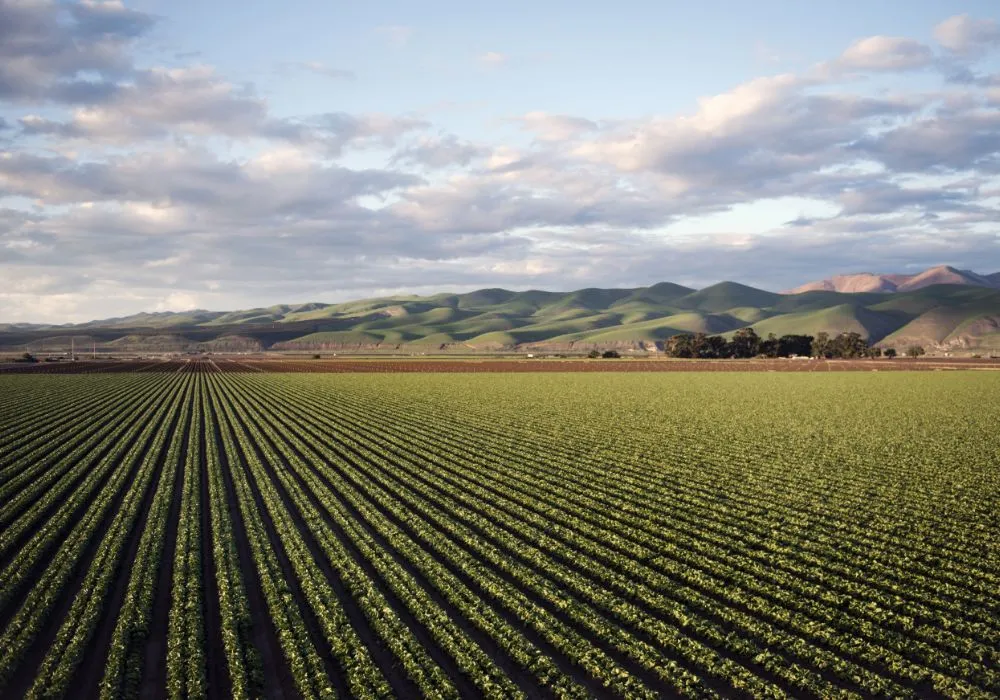Following a year of resilience, the Canadian farmland market is poised for continued evolution in 2025. For investors, farmers, and landowners, understanding the forces shaping land values is more important than ever. This analysis provides a forward-looking perspective on the key trends and predictions for the upcoming year.

Review of 2024 Market Performance
In 2024, the farmland market demonstrated remarkable stability. Despite higher interest rates and fluctuating commodity prices, land values saw continued, albeit more moderate, growth. This resilience was supported by strong farm revenues from previous years and a persistent demand for high-quality land, confirming its status as a secure long-term investment.
Key Factors Influencing 2025 Farmland Values
Several macroeconomic and industry-specific factors will steer the market in 2025.
Interest Rates and Economic Outlook
The direction of interest rates will be a primary driver. Any potential rate cuts by the Bank of Canada could ease borrowing costs, potentially stimulating demand. However, the overall economic climate and its impact on farm profitability will temper this effect.
Commodity Prices and Global Demand
Prices for key Canadian commodities like wheat, canola, and cattle will directly influence farm income and, consequently, farmers' ability to invest in land. Global demand, geopolitical events, and trade agreements will continue to play a crucial role.
Government Policies and Regulations
Changes in agricultural policy, carbon pricing, and environmental regulations can impact the bottom line for farm operations. Investors should stay informed about potential policy shifts at both the federal and provincial levels.

What Are Regional Farmland Market Forecasts?
While national trends provide a broad overview, real estate is always local.
Western Canada (Saskatchewan, Alberta, Manitoba)
These provinces are expected to continue to see strong demand, particularly for high-quality cropland. Affordability, especially in Saskatchewan and Manitoba, will likely attract both local farmers and investors from other provinces. Alberta’s market, with its strong livestock sector, will be closely tied to cattle prices.
Eastern Canada (Ontario, Quebec)
Ontario, home to some of the most expensive farmland in the country, may see value growth moderate further. However, proximity to large urban centres and a diverse agricultural sector will continue to support a robust market. Quebec’s supply-managed sectors provide stability that underpins land values.

How to Make Investment Strategies for 2025?
For investors, 2025 may be a year for strategic patience. Opportunities will arise, but thorough due diligence is paramount. For sellers, the market remains strong. Properly pricing a property based on its unique merits and current market conditions will be key to a successful sale.
Conclusion: A Look Ahead
The Canadian farmland market in 2025 is expected to be one of cautious optimism and normalization. While the double-digit growth rates of recent years may be behind us, the fundamental drivers of farmland's value—its necessity, scarcity, and productivity—remain firmly in place, solidifying its position as a premier long-term asset.

